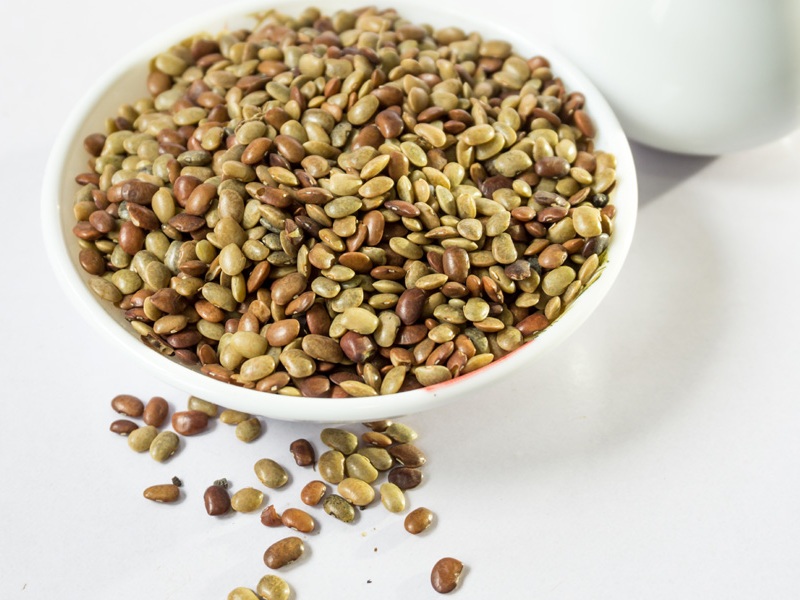Matsyasana (Fish Pose) Yoga – How To Do And Its Benefits
The world is advancing at rapid speeds, and at a blink of an eye there are so many changes. To keep up with the pace, we tend to ignore the health conditions of our body. Most of us are now couch potatoes, ironically. This leads to a host of ailments and maladies; some of them when ignored can paralyse the body and mind, or can be fatal too. Thanks to the art and science of yoga, one now can learn a host of asanas to help the body stay fit and fine, in the long run. To day we are here to explain one of the best yoga asanas which is Matsyasana yoga (fish pose) that has lots of health benefits.

Learn About Matsyasana Yoga (Fish Pose):

The term “matsya” in Sanskrit means fish. Therefore, like the name goes the person performing the asana looks just like a fish. The pose in its simplest form expects you to lie on your back with an arched chest. The asana is known to have a lot of benefits for various parts of the body. The asana is mostly done in Padmasana, but is still done in a simple way with the legs stretched out.
Matsyasana (Fish Pose) Yoga, Steps, Benefits, Modifications And Precautions:
This article explain what are the step by step instructions of matsyasana yoga, benefits, modifications and precautions along with variation images and what are the tips for beginners to perform with ease and simplicity.

Matsyasana Yoga Steps:
Matsyasana is traditionally performed with legs in the padmasana. Performing this asana, from a padmasana is slightly difficult and hence a simpler one would be better to perform.
- Start by lying on your back, on the floor with your knees bent and feet touching the floor.
- Now inhaling, gently lift your pelvis off the floor, sliding your hands below your buttocks, with the palms facing downwards.
- Rest your buttocks on the back of your hands. Do not lift your buttocks off your hands, till the completion of this pose.
- While in this position, ensure that the forearms and elbows are close to the sides of your torso.
- Press your elbows and forearms firmly against the floor. Inhale while doing this.
- Then now, also press your shoulder blades into your back.
- Inhaling again, lift your head and upper torso away from the ground. Now bring your head down to the floor. Depending on the arch of your back, the back of your head or the crown alone would rest on the floor. While doing so avoid excessive weight on your head, as it may crunch your neck.
- You may either choose to straighten your legs on the floor or keep your knees bent. In case you do the former, ensure that your thighs are active and also that your legs are pressed out till the heels.
- Remain in this position for at least 15-30 seconds. And then gently lower your chest and head and bring your thighs into your belly and squeeze.
See More: Dhanurasana Benefits












